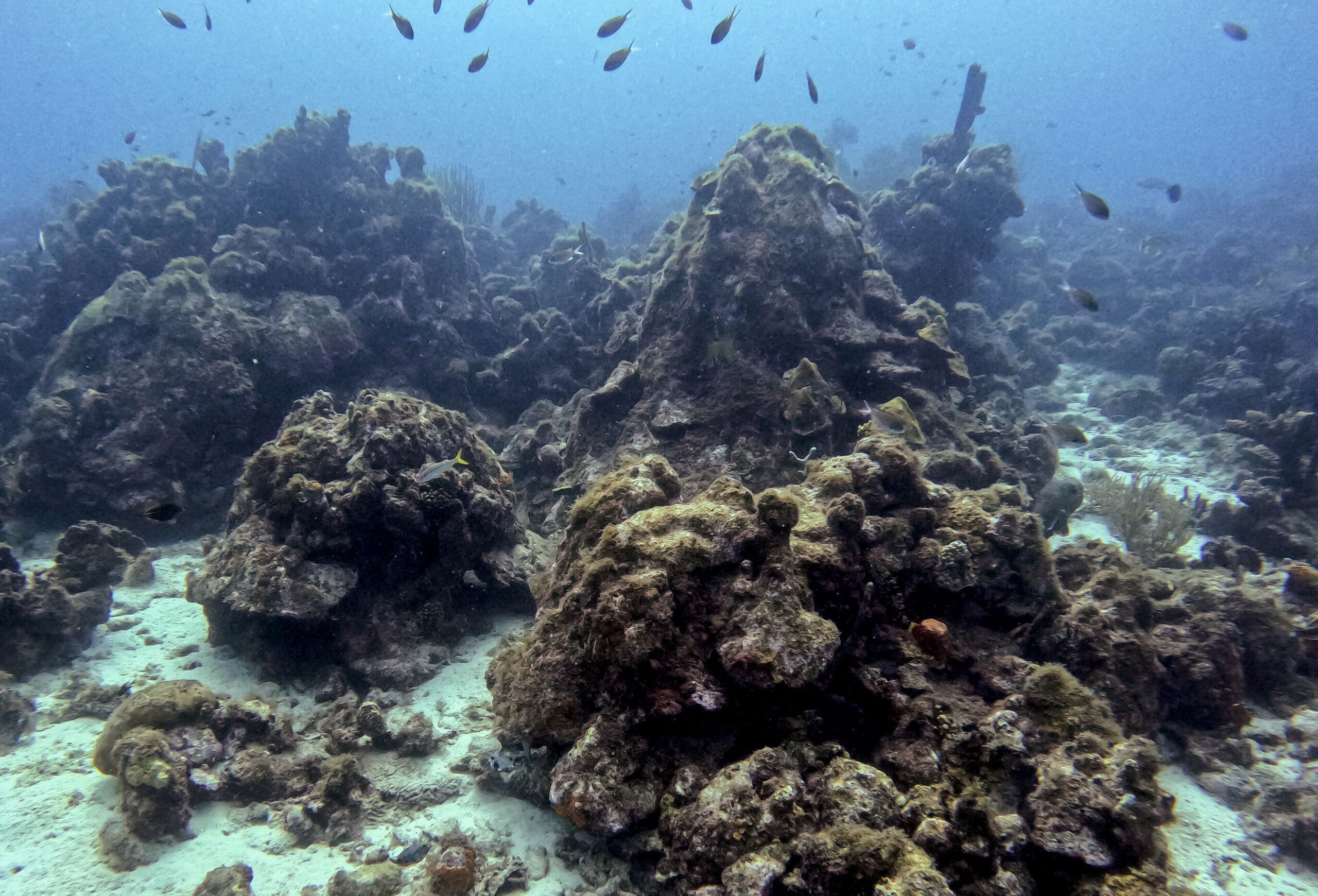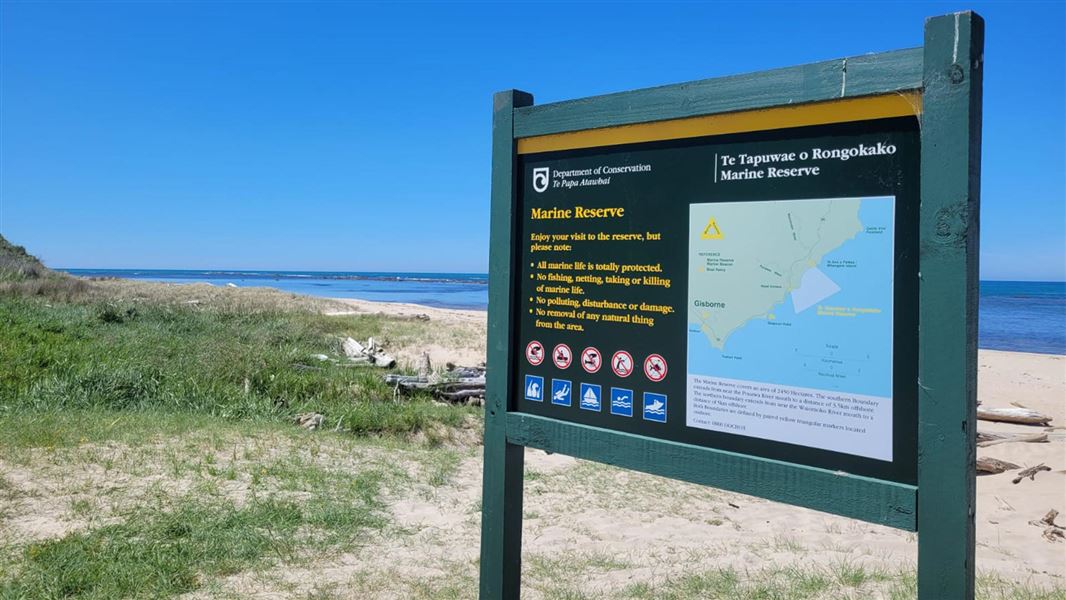Community Ridge forest is now open – Peninsula Daily News

Report on the Opening of Chimacum Ridge Community Forest and Alignment with Sustainable Development Goals
Project Overview
The Jefferson Land Trust (JLT) has officially opened the 918-acre Chimacum Ridge Community Forest, located at 1717 Center Road in Chimacum. The forest is accessible to the public year-round from dawn to dusk. This initiative represents a significant community resource developed over 15 years of collaborative effort. The forest is managed for multifaceted, sustainable use, directly contributing to several United Nations Sustainable Development Goals (SDGs).
Contribution to Sustainable Development Goals (SDGs)
The management and operational framework of the Chimacum Ridge Community Forest aligns with the following SDGs:
- SDG 15: Life on Land: The project is fundamentally focused on the protection, restoration, and promotion of sustainable use of terrestrial ecosystems. Management plans prioritize:
- Wildlife habitat preservation.
- Ecological health of the Chimacum Creek watershed.
- Sustainable forest management, including annual timber harvests. A recent harvest was conducted to mitigate the spread of laminated root rot, demonstrating active stewardship.
- SDG 11: Sustainable Cities and Communities: The forest serves as an inclusive and sustainable community asset.
- It provides safe and accessible green public space for recreation and education.
- It actively preserves cultural heritage by facilitating traditional tribal practices. Local tribes, including the Port Gamble S’Klallam and Chemakum, have conducted cedar bark harvests, and future opportunities will be coordinated. Special access is also granted to a cranberry bog on the property for tribal use.
- SDG 3: Good Health and Well-being: The forest promotes physical and mental well-being through accessible recreational opportunities.
- A network of nine trails supports hiking, biking, and horseback riding.
- Informal nature studies and personal foraging of natural resources like berries and mushrooms are encouraged.
- SDG 10: Reduced Inequalities: The project incorporates features to ensure access for all community members.
- A 0.1-mile wheelchair-accessible trail leads from the parking lot to a pavilion.
- A second assisted-wheelchair accessible trail extends 150 yards to a viewpoint of Center Valley.
- Future plans include a parking lot on the ridge accessible to the Jefferson Transit Authority’s Dial-A-Ride program to further enhance accessibility.
- SDG 12: Responsible Consumption and Production: The designation as a “working forest” ensures sustainable production patterns.
- Annual harvests are conducted under a sustainable management plan.
- Allowing foraging for personal consumption promotes a direct connection to local, natural resources.
- SDG 17: Partnerships for the Goals: The successful launch of the forest is a culmination of a 15-year partnership involving the JLT, landowners, local tribes, and community stakeholders, as celebrated during the opening events.
Community Engagement and Inauguration
The opening was marked by two key events. A celebration was held with project partners to acknowledge the extensive collaboration required for the project’s success. This was followed by a public grand opening, which was reserved to its capacity of 450 registrants, with approximately 250 guests attending. The event featured shuttle services to the forest, allowing the community to experience the new trails and interpretive displays firsthand.
Analysis of Sustainable Development Goals in the Article
1. Which SDGs are addressed or connected to the issues highlighted in the article?
The article on the Chimacum Ridge Community Forest touches upon several Sustainable Development Goals (SDGs) through its description of the forest’s purpose, management, and community engagement.
- SDG 3: Good Health and Well-being: The forest provides a space for recreation such as hiking, biking, and horseback riding. Access to green spaces and opportunities for physical activity are directly linked to improving physical and mental health for the community.
- SDG 10: Reduced Inequalities: The project actively promotes inclusivity. The article highlights the creation of “a 0.1-mile wheelchair-accessible trail” and another “assisted wheelchair-accessible trail,” as well as plans to use the “Dial-A-Ride program” to extend access. Furthermore, it ensures access for indigenous groups by allowing and notifying local tribes of harvests for “traditional tribal practices” like cedar bark harvesting and granting “special access to what some refer to as a cranberry bog.”
- SDG 11: Sustainable Cities and Communities: The forest is presented as a “new community resource” that provides the public with accessible green space. This aligns with the goal of making human settlements inclusive, safe, resilient, and sustainable.
- SDG 15: Life on Land: This is the most central SDG addressed. The entire project is about the conservation and sustainable management of a 918-acre forest ecosystem. The article states the forest is managed for “wildlife habitat, ecological considerations relating to the Chimacum Creek watershed,” and as a “working forest” with planned harvests, demonstrating a commitment to protecting biodiversity and sustainably using terrestrial ecosystems.
- SDG 17: Partnerships for the Goals: The success of the project is attributed to extensive collaboration. The article mentions that the opening was a “culmination of all that work” over 15 years and that a celebration included “toasting all of the collaboration required to succeed,” highlighting the importance of partnerships between the land trust, community, and other stakeholders.
2. What specific targets under those SDGs can be identified based on the article’s content?
Several specific SDG targets can be linked to the activities described in the article.
-
Under SDG 10 (Reduced Inequalities):
- Target 10.2: “By 2030, empower and promote the social, economic and political inclusion of all, irrespective of age, sex, disability, race, ethnicity, origin, religion or economic or other status.” The creation of wheelchair-accessible trails and plans for Dial-A-Ride access directly address inclusion for persons with disabilities. Granting special access to local tribes for traditional practices promotes the inclusion of indigenous communities.
-
Under SDG 11 (Sustainable Cities and Communities):
- Target 11.7: “By 2030, provide universal access to safe, inclusive and accessible, green and public spaces, in particular for women and children, older persons and persons with disabilities.” The opening of the 918-acre forest as a public resource with trails for hiking, biking, and specific accessible paths directly contributes to this target.
-
Under SDG 15 (Life on Land):
- Target 15.1: “By 2020, ensure the conservation, restoration and sustainable use of terrestrial and inland freshwater ecosystems and their services, in particular forests…” The establishment of the 918-acre community forest by the Jefferson Land Trust is a direct action towards the conservation and sustainable use of a forest ecosystem.
- Target 15.2: “By 2020, promote the implementation of sustainable management of all types of forests, halt deforestation, restore degraded forests and substantially increase afforestation and reforestation globally.” The article explicitly states the ridge will be “managed as a working forest, meaning annual harvests will take place,” which is a form of sustainable forest management. A harvest to control “laminated root rot” is an example of active management for forest health.
-
Under SDG 17 (Partnerships for the Goals):
- Target 17.17: “Encourage and promote effective public, public-private and civil society partnerships, building on the experience and resourcing strategies of partnerships.” The project, led by the Jefferson Land Trust (a civil society organization), is a result of a 15-year effort involving conversations with landowners and collaboration with various partners, embodying the spirit of this target.
3. Are there any indicators mentioned or implied in the article that can be used to measure progress towards the identified targets?
The article provides several pieces of information that can serve as or imply indicators for measuring progress towards the identified targets.
- Indicator for Target 11.7 & 15.1: The total area of public green space established. The article specifies the size of the forest is “918-acre,” which is a direct quantitative measure of the land conserved and made accessible to the public.
- Indicator for Target 10.2: The provision of infrastructure for people with disabilities. The article mentions “a 0.1-mile wheelchair-accessible trail” and a second “assisted wheelchair-accessible trail goes about 150 yards.” The length and number of such trails can be used as an indicator of inclusivity.
- Indicator for Target 15.2: The area of forest under a sustainable management plan. The entire 918-acre forest is under such a plan, as it is managed as a “working forest” with planned ecological and commercial activities. The number of management interventions, such as the “harvest… to control laminated root rot on 3-acre a portion,” can also be tracked.
- Indicator for Target 10.2: The number of provisions or agreements supporting indigenous cultural practices. The article mentions specific instances: “a family from Port Gamble S’Klallam come out to harvest cedar bark,” “a group of Chemakum harvested cedar bark,” and local tribes will be granted “special access to… a cranberry bog.” These events can be counted as indicators of equitable access and cultural recognition.
- Indicator for Community Engagement (related to SDG 11 & 17): The level of public participation and interest. The article notes that the opening event was “reserved to capacity, with 450 people signing up” and “About 250 guests came on the day of the event.” These numbers serve as an indicator of community engagement with the new resource.
4. Summary Table of SDGs, Targets, and Indicators
| SDGs | Targets | Indicators |
|---|---|---|
| SDG 10: Reduced Inequalities | 10.2: Promote the social inclusion of all, irrespective of disability, race, ethnicity, etc. |
|
| SDG 11: Sustainable Cities and Communities | 11.7: Provide universal access to safe, inclusive and accessible, green and public spaces. |
|
| SDG 15: Life on Land |
15.1: Ensure the conservation and sustainable use of terrestrial ecosystems.
15.2: Promote the implementation of sustainable management of all types of forests. |
|
| SDG 17: Partnerships for the Goals | 17.17: Encourage and promote effective public, public-private and civil society partnerships. |
|
Source: peninsuladailynews.com

What is Your Reaction?
 Like
0
Like
0
 Dislike
0
Dislike
0
 Love
0
Love
0
 Funny
0
Funny
0
 Angry
0
Angry
0
 Sad
0
Sad
0
 Wow
0
Wow
0
















































/environment-climate-change-and-health-(ech)/water-sanitation-hygiene-and-health-(wsh)/landfill-tuvalu-36092.tmb-1200v.jpg?sfvrsn=5c21fe40_1#)

.jpg.webp?itok=0ZsAnae9#)


























